Home>Gardening & Outdoor>Pool & Spa Care>How To Balance Chemicals In Hot Tub
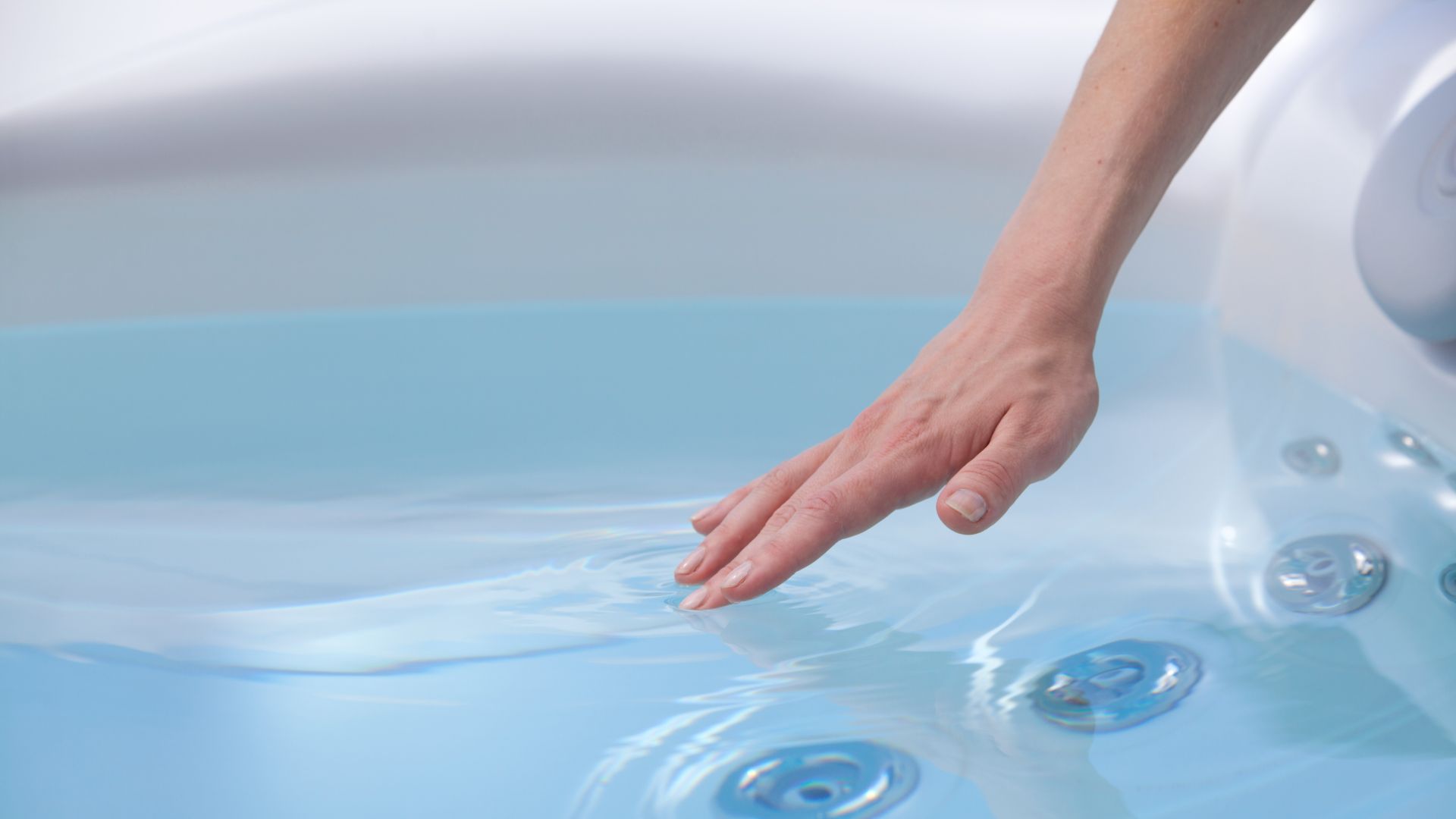

Pool & Spa Care
How To Balance Chemicals In Hot Tub
Modified: January 9, 2024
Learn how to balance chemicals in your hot tub for optimal pool and spa care. Get expert tips and advice on maintaining the perfect chemical balance.
(Many of the links in this article redirect to a specific reviewed product. Your purchase of these products through affiliate links helps to generate commission for Storables.com, at no extra cost. Learn more)
Introduction
Owning a hot tub is a luxurious and rewarding experience. It provides a perfect retreat for relaxation and rejuvenation, offering a tranquil oasis right in your own backyard. However, to ensure that your hot tub remains a pristine and inviting haven, it's crucial to understand the essential maintenance tasks required. One of the most vital aspects of hot tub care is the proper balancing of chemicals. This process is paramount for not only preserving the integrity of your hot tub but also safeguarding the health of those who enjoy it.
Balancing chemicals in a hot tub is akin to maintaining a delicate ecosystem. When executed with precision, it ensures that the water remains clean, clear, and safe for use. Moreover, it extends the lifespan of the hot tub components, thereby protecting your investment for years to come. In this comprehensive guide, we will delve into the significance of chemical balance, elucidate the various chemicals involved, and provide practical insights into testing and adjusting pH levels, maintaining proper chlorine levels, and managing alkalinity and calcium hardness. By the end of this article, you will be equipped with the knowledge and confidence to uphold the chemical equilibrium of your hot tub, enabling you to relish in its soothing waters with peace of mind. Let's embark on this enlightening journey to unravel the art of harmonizing chemicals in your hot tub.
Key Takeaways:
- Properly balanced chemicals in your hot tub ensure clear, comfortable water for a relaxing experience, protect equipment, and save money by working more effectively.
- Regular testing and adjusting of pH and chlorine levels, as well as managing alkalinity and calcium hardness, are essential for maintaining a harmonious and enduring hot tub environment.
Read more: How To Keep Hot Tub Hot In Winter
Importance of Balancing Chemicals in a Hot Tub
Properly balancing the chemicals in your hot tub is not only essential for maintaining the water’s clarity and cleanliness, but it also plays a pivotal role in ensuring the safety and well-being of those who indulge in its therapeutic waters. Here are some key reasons why chemical balance is of utmost importance:
- Water Clarity: Balanced chemicals help to keep the water in your hot tub crystal clear, inviting you to immerse yourself in its pristine embrace. Unbalanced chemicals can lead to cloudiness, impeding your ability to fully enjoy the hot tub experience.
- Bather Comfort: Properly balanced water is gentle on the skin and eyes, providing a comfortable and enjoyable environment for relaxation. Conversely, imbalanced chemicals can cause skin irritation and discomfort, detracting from the overall experience.
- Equipment Protection: Maintaining the correct chemical levels safeguards the hot tub’s components, including the pump, heater, and filters, from corrosion and damage. This prolongs the lifespan of your hot tub and reduces the need for costly repairs or replacements.
- Bacterial Control: Balanced chemicals, particularly chlorine or bromine, effectively control bacteria and other contaminants in the water, preventing the spread of harmful microorganisms and ensuring a hygienic soaking experience.
- Chemical Efficiency: When the chemicals are properly balanced, they work more effectively. This not only saves you money by reducing the amount of chemicals needed but also minimizes the frequency of water changes, conserving both resources and time.
By understanding the importance of chemical balance in your hot tub, you can actively preserve its condition, optimize your enjoyment, and prioritize the well-being of everyone who partakes in its tranquil waters. With this awareness, you are empowered to embark on a journey of meticulous care and maintenance, reaping the countless benefits of a harmoniously balanced hot tub.
Understanding the Chemicals in a Hot Tub
Before delving into the intricacies of balancing the chemicals in your hot tub, it’s imperative to grasp the fundamental role of each chemical involved. By comprehending their functions and interactions, you can effectively manage and maintain the water quality, ensuring a safe and enjoyable experience for all hot tub enthusiasts. The primary chemicals in a hot tub include:
- pH Adjusters: pH levels measure the acidity or alkalinity of the water. The ideal pH range for a hot tub typically falls between 7.2 and 7.8, with 7.4 being the optimal target. pH adjusters such as pH increaser (sodium carbonate) and pH decreaser (sodium bisulfate) are utilized to maintain the water’s pH within this recommended range, promoting comfort and preventing equipment corrosion.
- Sanitizers: Chlorine and bromine are the primary sanitizers used to disinfect the water and control the growth of bacteria and algae. Chlorine is available in various forms, including granules, tablets, and liquid, while bromine is often preferred for its stability in hot water. These sanitizers are indispensable for preserving water hygiene and ensuring the safety of hot tub users.
- Alkalinity Increaser: Alkalinity acts as a buffer, stabilizing the pH and preventing rapid fluctuations. Sodium bicarbonate, commonly known as alkalinity increaser, is employed to raise the total alkalinity of the water, enhancing its resilience against pH shifts and promoting overall water balance.
- Calcium Hardness Increaser: Calcium hardness refers to the concentration of dissolved calcium ions in the water. Maintaining the appropriate calcium hardness level is vital for preventing corrosion and scaling. Calcium hardness increaser, typically in the form of calcium chloride, is utilized to raise the calcium hardness when necessary.
By familiarizing yourself with these essential chemicals and their respective roles, you gain a deeper understanding of the intricacies involved in hot tub maintenance. This knowledge forms the cornerstone of proficient chemical management, empowering you to navigate the nuances of water balance with confidence and precision. As we proceed, we will explore the methods for testing and adjusting pH levels, maintaining proper chlorine levels, and managing alkalinity and calcium hardness, equipping you with the expertise to harmonize the chemical composition of your hot tub with finesse and proficiency.
Testing and Adjusting pH Levels
The pH level of the water in your hot tub is a critical factor that directly impacts water quality and bather comfort. To maintain an optimal pH range of 7.2 to 7.8, regular testing and adjustment are essential. Here’s a comprehensive guide to testing and balancing the pH levels in your hot tub:
Testing pH Levels
Testing the pH of your hot tub water should be performed at least twice a week using a reliable test kit or test strips specifically designed for hot tubs. Follow these steps to accurately assess the pH level:
- Fill a clean test vial with a water sample from your hot tub, ensuring it reaches the required fill line.
- Add the pH reagent according to the kit’s instructions and securely cap the vial.
- Shake the vial to thoroughly mix the water and reagent, then wait for the indicated duration to allow the color to develop.
- Compare the color of the water to the provided chart to determine the pH level.
Once you have obtained the pH reading, you can proceed with the necessary adjustments to bring the water into the recommended range.
Read more: How A Hot Tub Works
Adjusting pH Levels
If the pH level falls below the ideal range, indicating acidic water, you can increase the pH using a pH increaser, typically composed of sodium carbonate. Follow the manufacturer’s instructions to add the appropriate amount of pH increaser to the hot tub water, ensuring even distribution. Allow the water to circulate for at least 30 minutes before retesting the pH.
Conversely, if the pH level exceeds the desired range, indicating alkaline water, you can decrease the pH using a pH decreaser, often containing sodium bisulfate. Add the recommended quantity of pH decreaser as per the product guidelines, allowing sufficient time for thorough mixing and circulation before reevaluating the pH level.
Regularly monitoring and adjusting the pH levels of your hot tub water is fundamental for preserving water clarity, preventing equipment damage, and promoting bather comfort. By mastering the art of pH management, you can create an inviting and harmonious hot tub environment, ensuring an unparalleled soaking experience for yourself and your guests.
Maintaining Proper Chlorine Levels
Chlorine is a cornerstone of hot tub maintenance, serving as a potent sanitizer that effectively combats bacteria, algae, and other contaminants, thereby safeguarding the water’s hygiene and the well-being of hot tub users. To ensure a safe and enjoyable soaking experience, it’s crucial to maintain the proper chlorine levels in your hot tub. Here’s a comprehensive overview of maintaining and managing chlorine levels:
Testing Chlorine Levels
Regular testing of the chlorine levels is imperative to ascertain its effectiveness in disinfecting the water. Utilize a quality test kit or test strips designed specifically for hot tubs to measure the chlorine concentration. Follow these steps to conduct the test:
- Fill a clean test vial with a water sample from your hot tub, ensuring it reaches the designated fill line.
- Add the chlorine reagent as per the test kit’s instructions and securely cap the vial.
- Thoroughly mix the water and reagent by gentle inversion and wait for the specified duration for the color to develop.
- Compare the resulting color to the provided chart to determine the chlorine level.
Adjusting Chlorine Levels
If the chlorine level is below the recommended range, it signifies insufficient sanitation, potentially compromising water quality. In such instances, you can increase the chlorine concentration by adding the appropriate amount of chlorine granules, tablets, or liquid, following the manufacturer’s guidelines for your specific hot tub volume. Allow the chlorine to disperse evenly by running the hot tub jets and circulate the water for optimal distribution.
Conversely, if the chlorine level surpasses the ideal range, indicating an excessive concentration, dilute the water by partially draining and refilling the hot tub. This dilution method can help restore the chlorine level to the desired range, promoting a balanced and safe environment for hot tub enjoyment.
By diligently monitoring and adjusting the chlorine levels in your hot tub, you uphold the water’s purity, mitigate the risk of microbial growth, and ensure a pristine and inviting oasis for relaxation. This proactive approach to chlorine management fosters a hygienic and rejuvenating hot tub experience, reinforcing your commitment to maintaining a harmonious chemical balance within your cherished retreat.
Read more: How To Install A Hot Tub
Managing Alkalinity and Calcium Hardness
Alkalinity and calcium hardness are integral components of water balance in a hot tub, playing a pivotal role in preserving the water’s stability, preventing corrosion, and optimizing the performance of other chemicals. Effectively managing alkalinity and calcium hardness is essential for maintaining a harmonious and durable hot tub environment. Here’s a comprehensive guide to overseeing these crucial aspects of water chemistry:
Alkalinity Management
Alkalinity serves as a buffering agent, helping to stabilize the pH level and prevent rapid fluctuations that can compromise water quality. The ideal total alkalinity range for a hot tub typically falls between 80 to 120 parts per million (ppm). To manage alkalinity, follow these essential steps:
- Test the total alkalinity using a reliable test kit designed for hot tubs, ensuring that the water sample is representative of the entire hot tub volume.
- If the alkalinity level deviates from the recommended range, adjust it by adding alkalinity increaser, commonly composed of sodium bicarbonate, in accordance with the product instructions. Thoroughly disperse the increaser in the water to ensure uniform distribution.
- Allow the water to circulate for at least 30 minutes before retesting the total alkalinity to confirm that it falls within the optimal range.
Calcium Hardness Management
Calcium hardness refers to the concentration of dissolved calcium ions in the water, influencing its overall stability and preventing potential damage to the hot tub components. The ideal calcium hardness range for a hot tub typically ranges from 150 to 250 ppm. To effectively manage calcium hardness, adhere to the following guidelines:
- Regularly test the calcium hardness using a dependable test kit to gauge its concentration in the hot tub water.
- If the calcium hardness falls below the recommended range, increase it by adding calcium hardness increaser, often in the form of calcium chloride, following the manufacturer’s instructions for the appropriate dosage based on your hot tub’s volume.
- Thoroughly disperse the calcium hardness increaser in the water and allow for adequate circulation before reevaluating the calcium hardness level to ensure it aligns with the desired range.
By diligently managing alkalinity and calcium hardness in your hot tub, you establish a stable and resilient water chemistry, fortifying the foundation for balanced chemical maintenance. This proactive approach not only safeguards the hot tub’s components but also ensures a comfortable and inviting environment for indulging in the therapeutic benefits of hot tub immersion. With a comprehensive understanding of alkalinity and calcium hardness management, you can elevate your hot tub maintenance practices, fostering a harmonious and enduring retreat for relaxation and rejuvenation.
Conclusion
Mastering the art of balancing chemicals in your hot tub is a fundamental aspect of responsible ownership, ensuring that your cherished retreat remains a haven of relaxation, rejuvenation, and tranquility. By comprehending the significance of chemical equilibrium and the essential role of each chemical component, you empower yourself to uphold the water’s clarity, comfort, and safety, fostering an environment that beckons you to unwind and revitalize.
From meticulously testing and adjusting pH levels to maintaining proper chlorine concentrations and managing alkalinity and calcium hardness, every facet of chemical management contributes to the overall harmony of your hot tub. By embracing these practices, you actively preserve the integrity of your investment, prolong its lifespan, and create a space where you and your guests can luxuriate in the soothing embrace of pristine waters.
As you embark on this journey of chemical stewardship, remember that diligence and consistency are key. Regular testing, adjustment, and maintenance form the bedrock of a well-balanced hot tub, elevating your experience and ensuring that every dip in the warm waters is a moment of pure bliss and rejuvenation.
By integrating these insights into your hot tub care routine, you not only elevate the quality of your personal oasis but also prioritize the well-being of those who partake in its indulgent pleasures. Let the art of chemical balance become a seamless and rewarding aspect of your hot tub ownership, enriching your life with the unparalleled joys of relaxation and wellness.
Embrace the journey of chemical equilibrium, and revel in the countless benefits of a harmoniously balanced hot tub – a sanctuary where serenity and rejuvenation converge in perfect harmony.
Frequently Asked Questions about How To Balance Chemicals In Hot Tub
Was this page helpful?
At Storables.com, we guarantee accurate and reliable information. Our content, validated by Expert Board Contributors, is crafted following stringent Editorial Policies. We're committed to providing you with well-researched, expert-backed insights for all your informational needs.
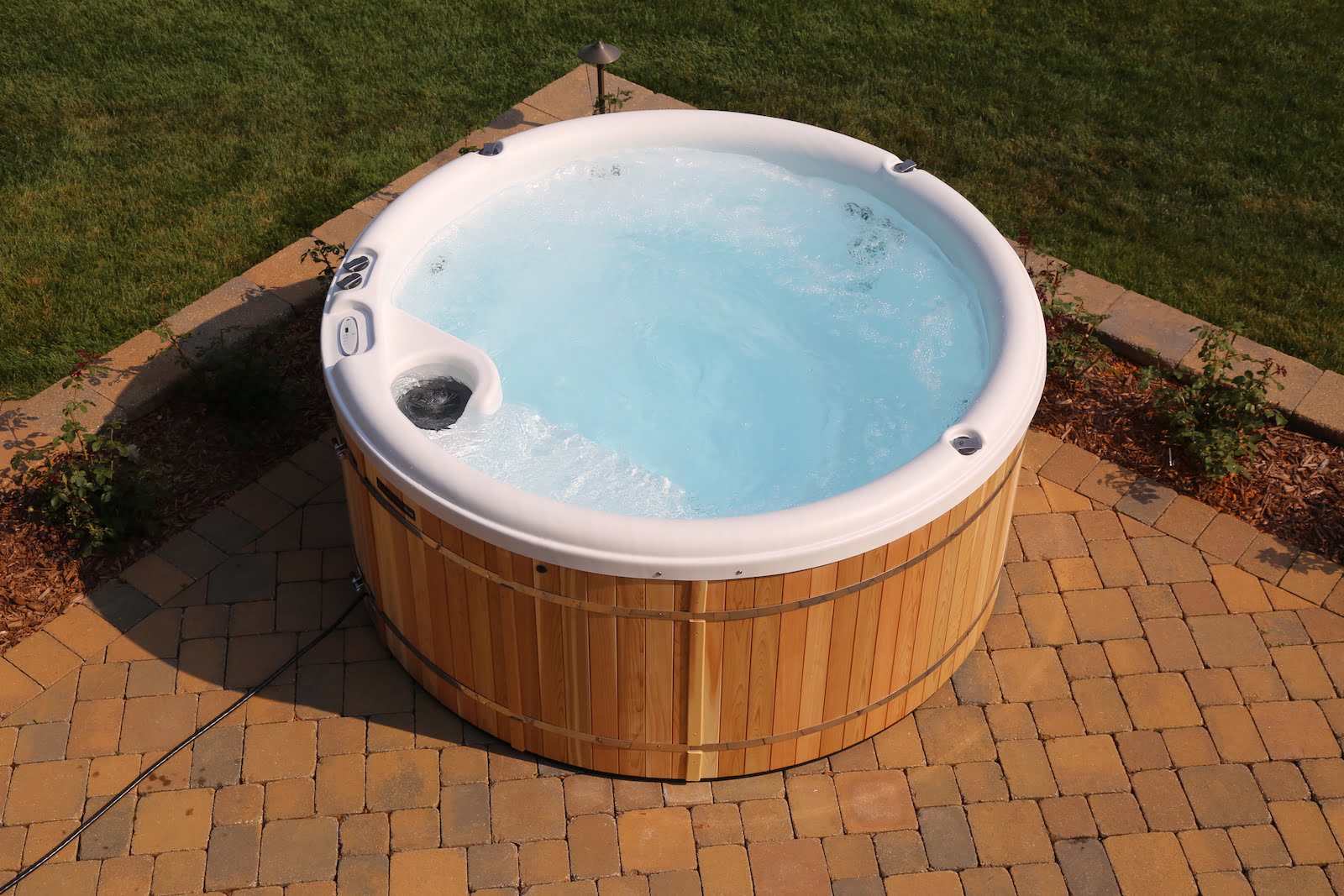
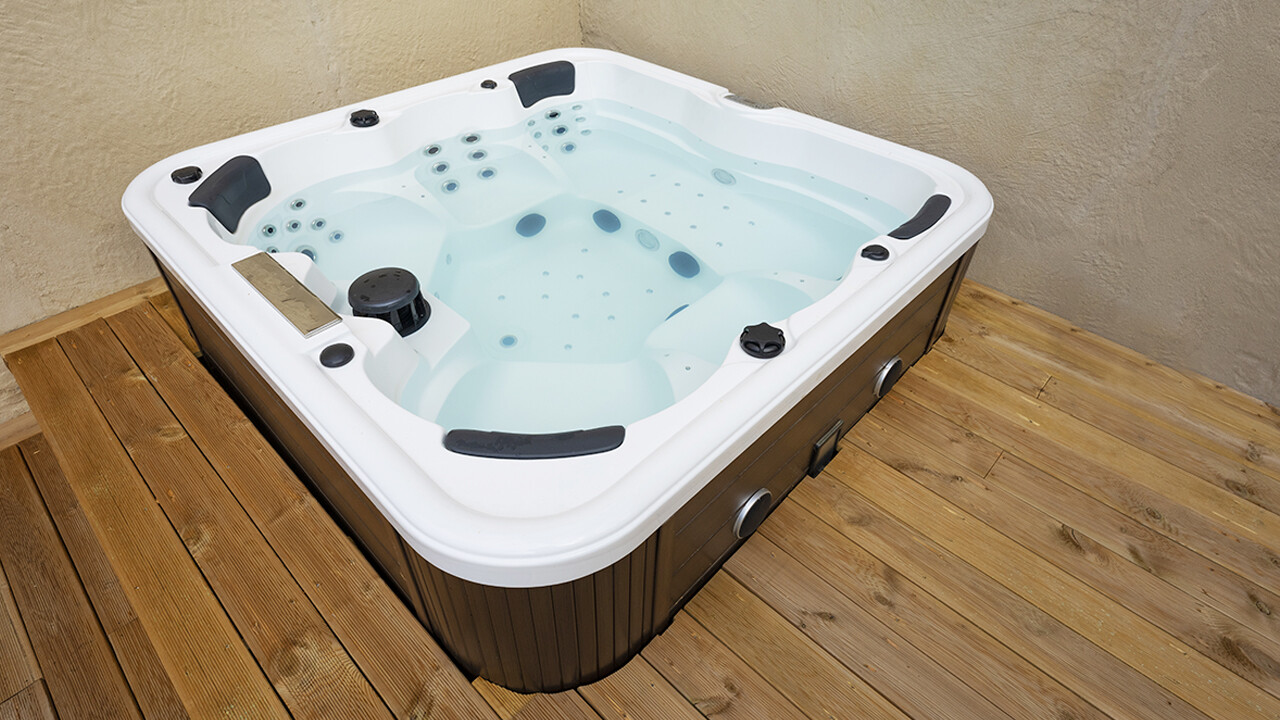
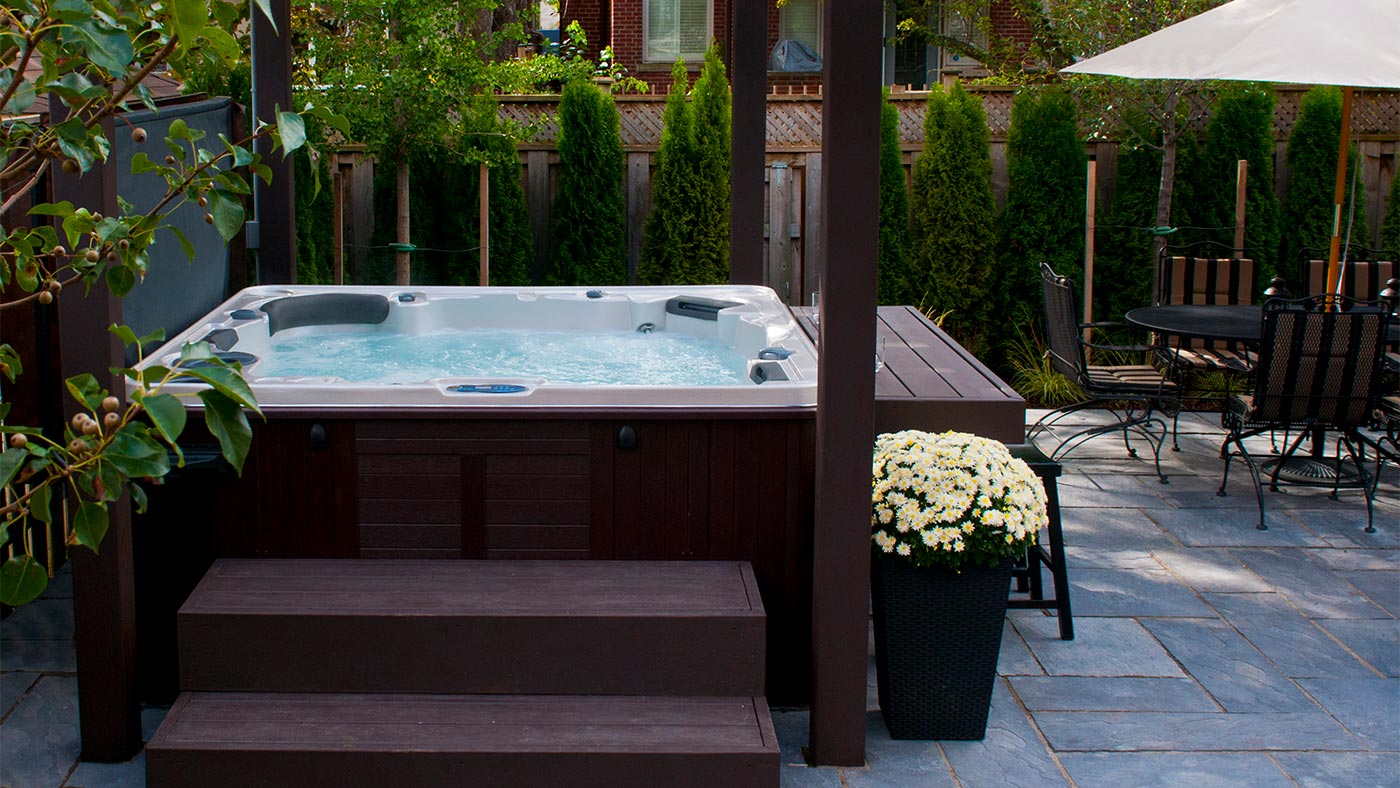
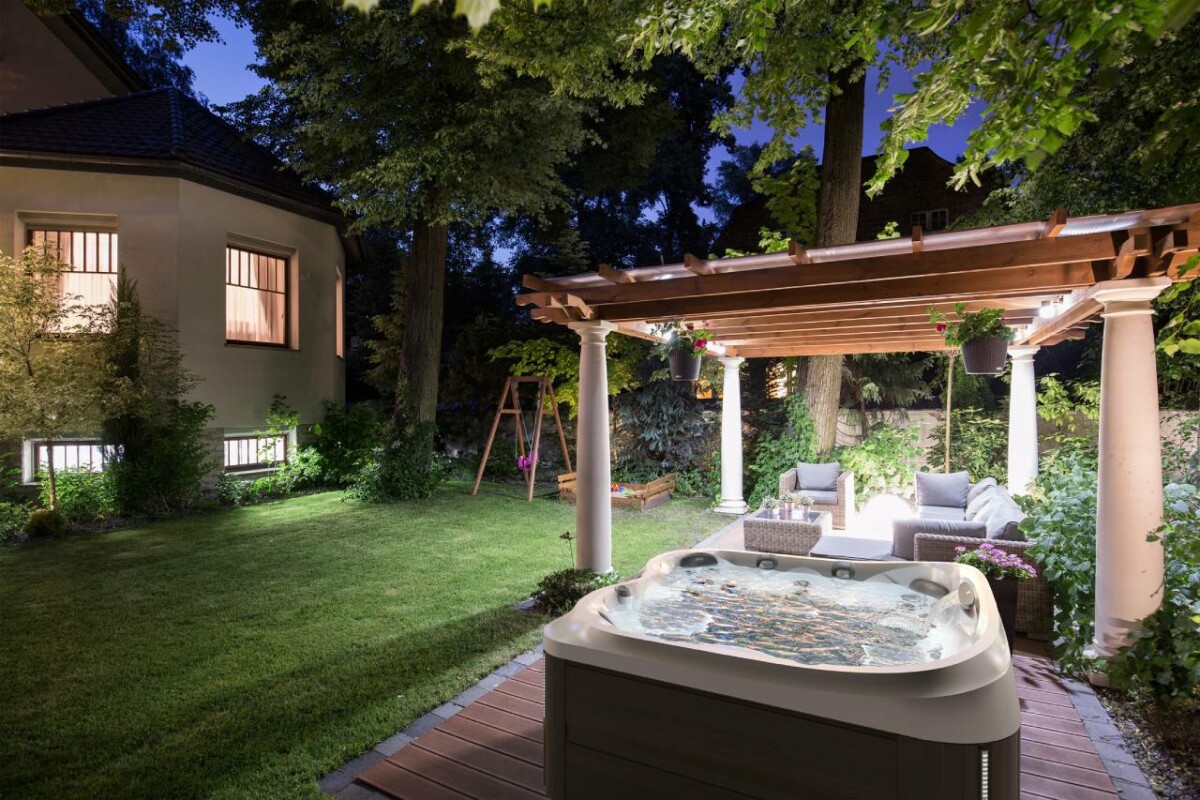
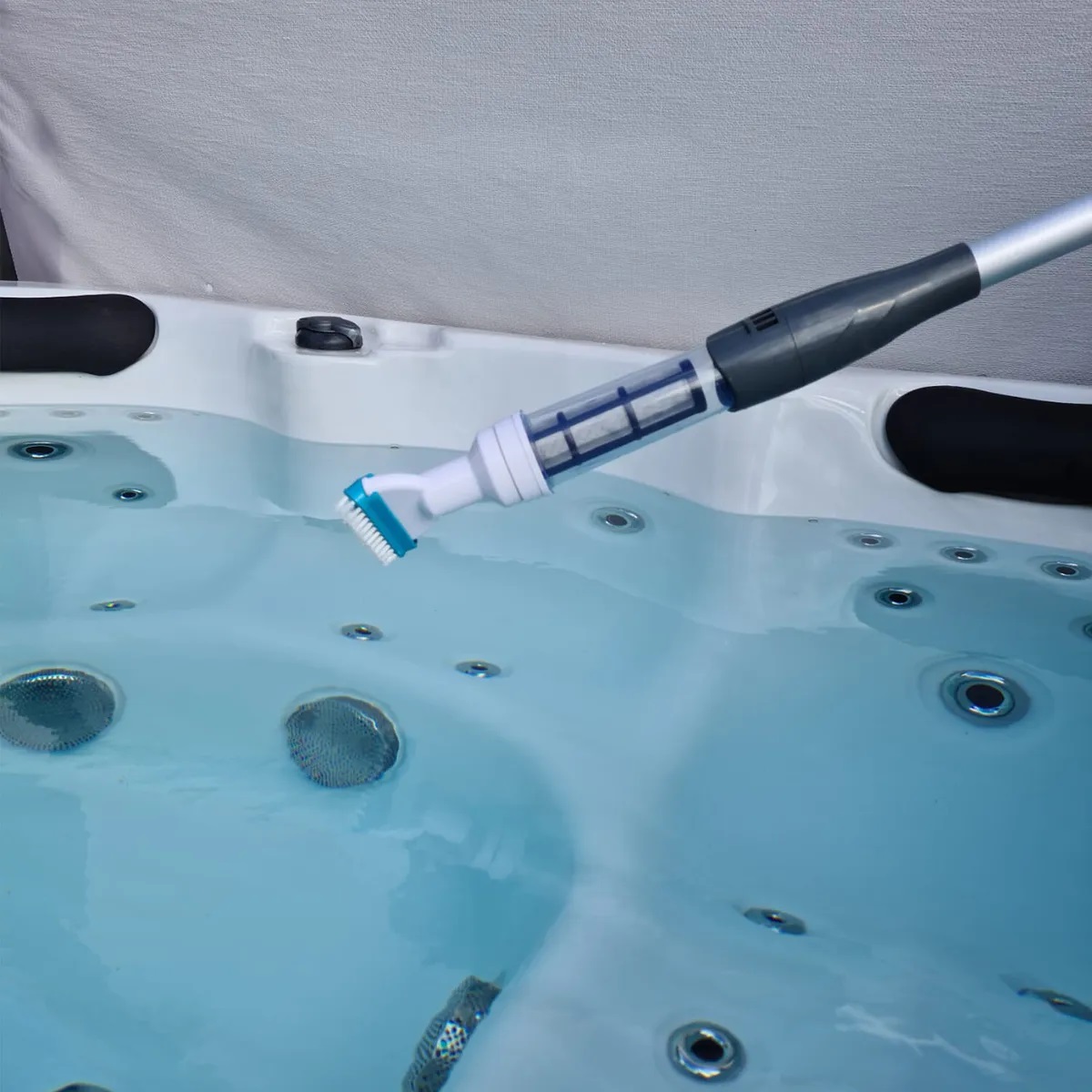
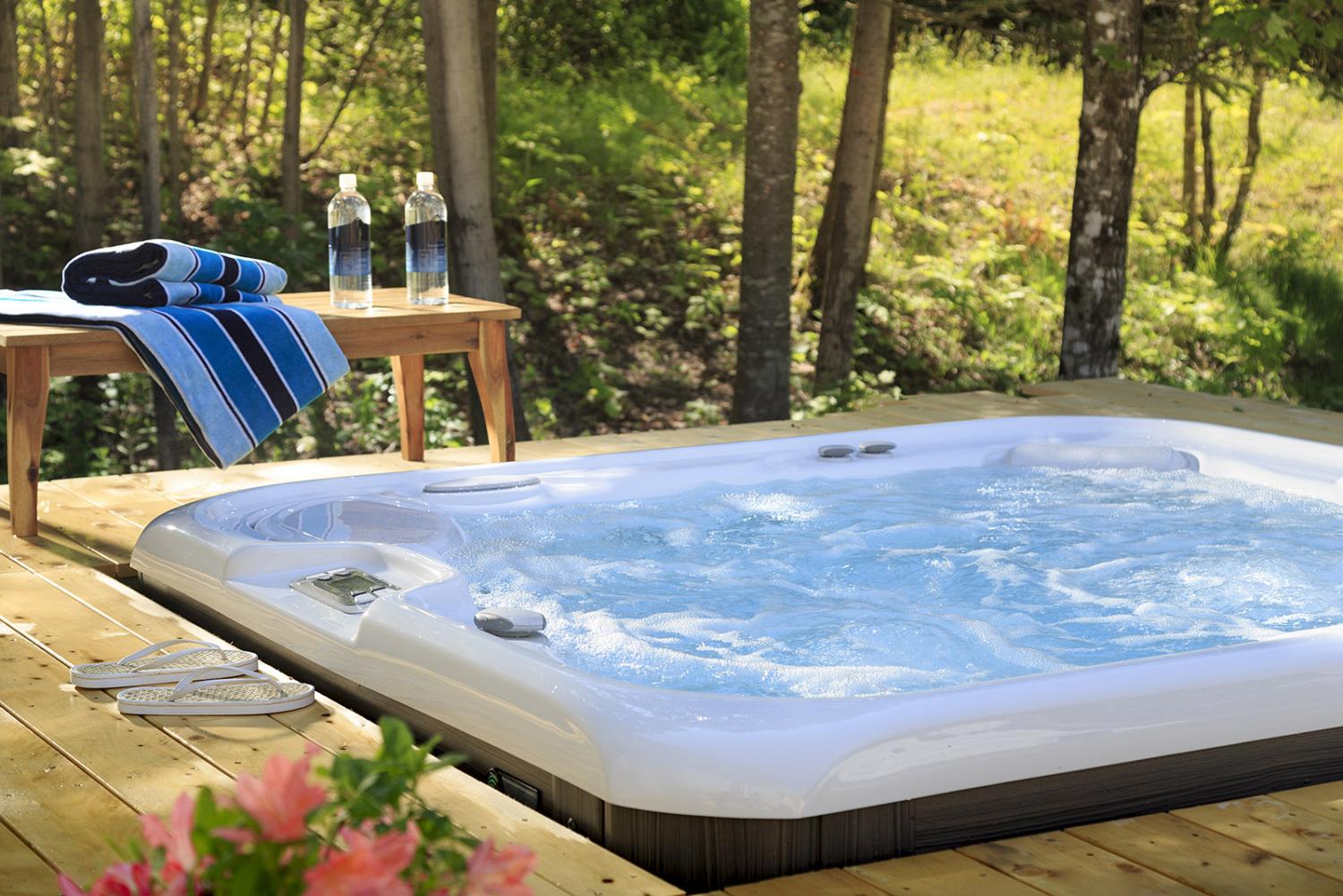
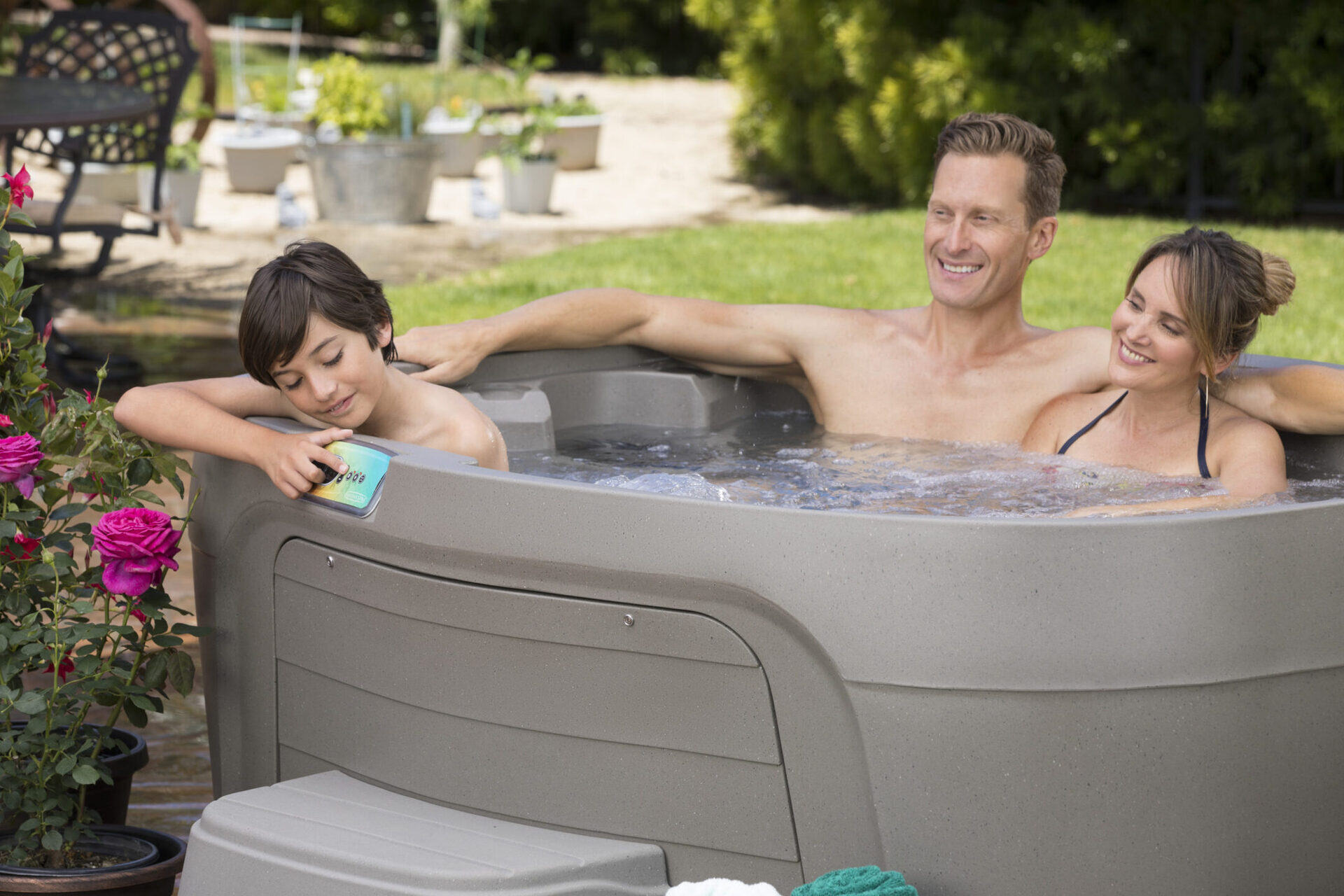
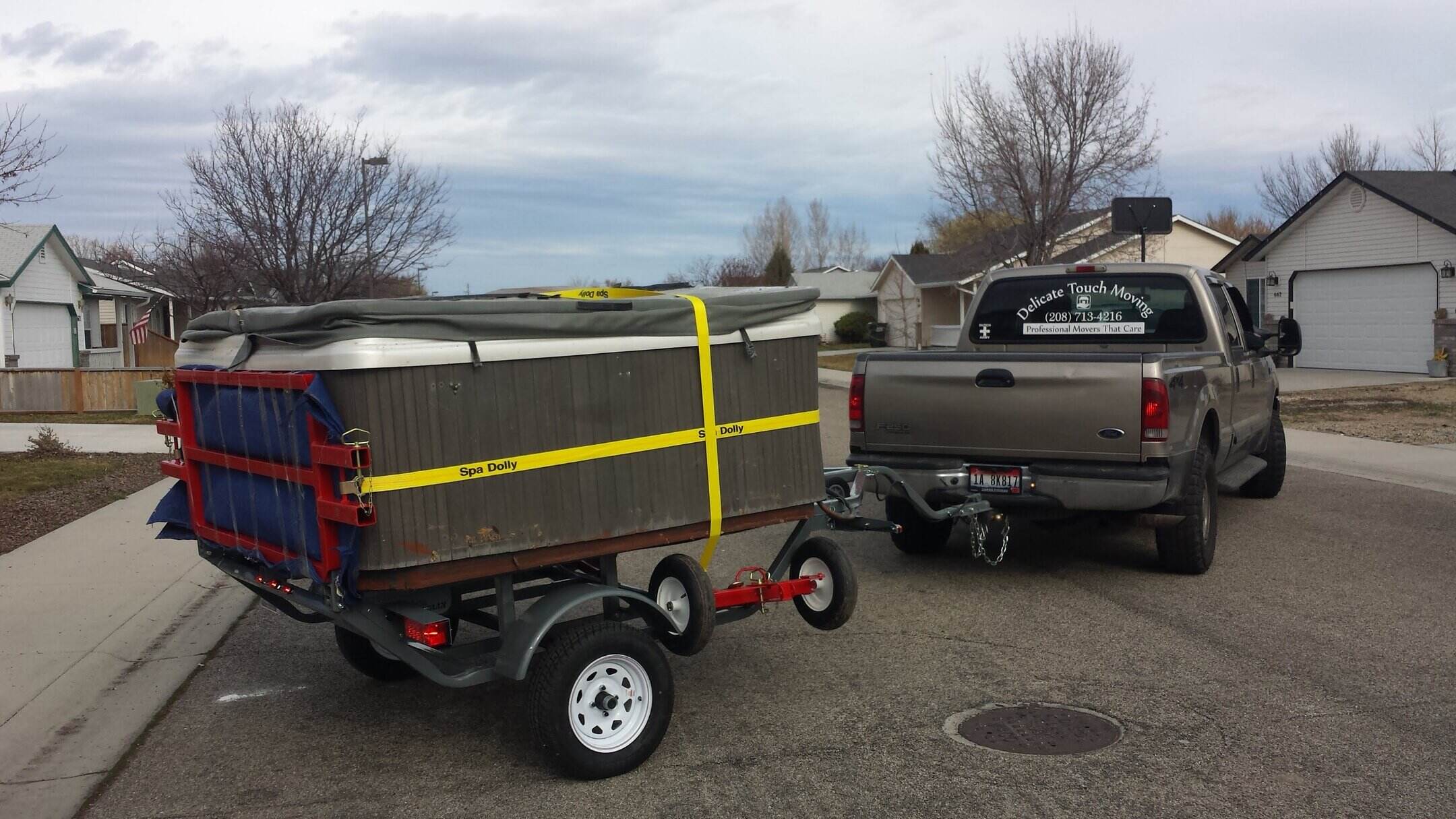
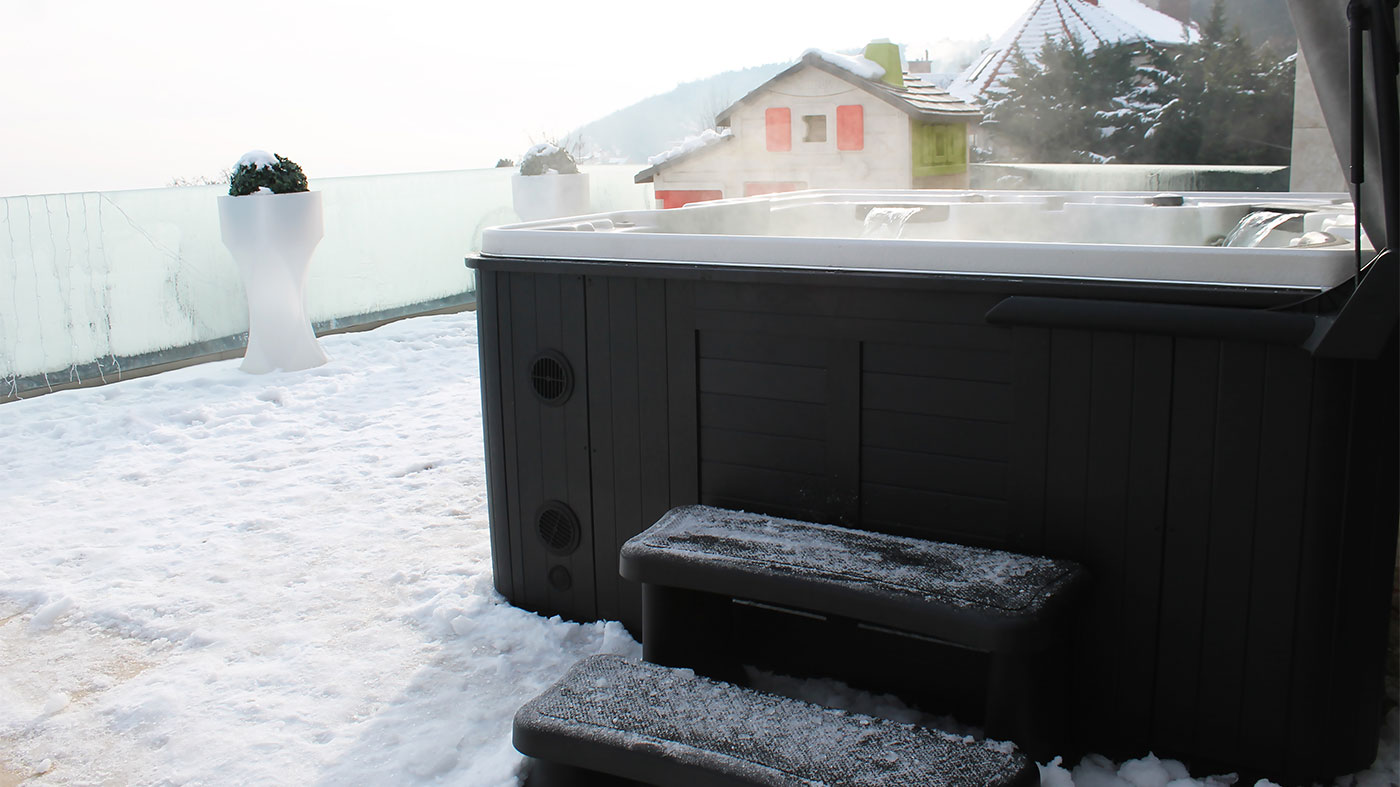
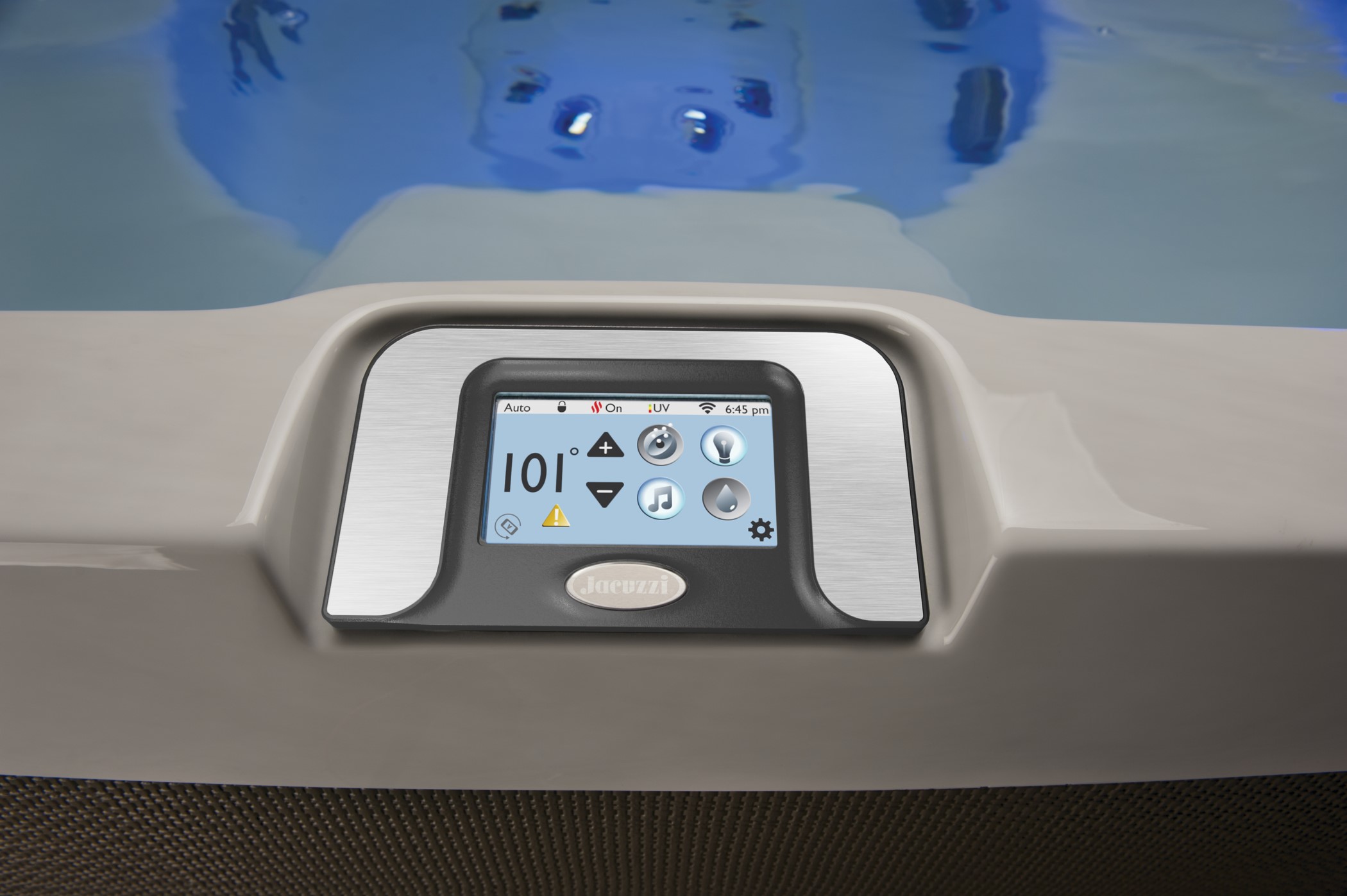
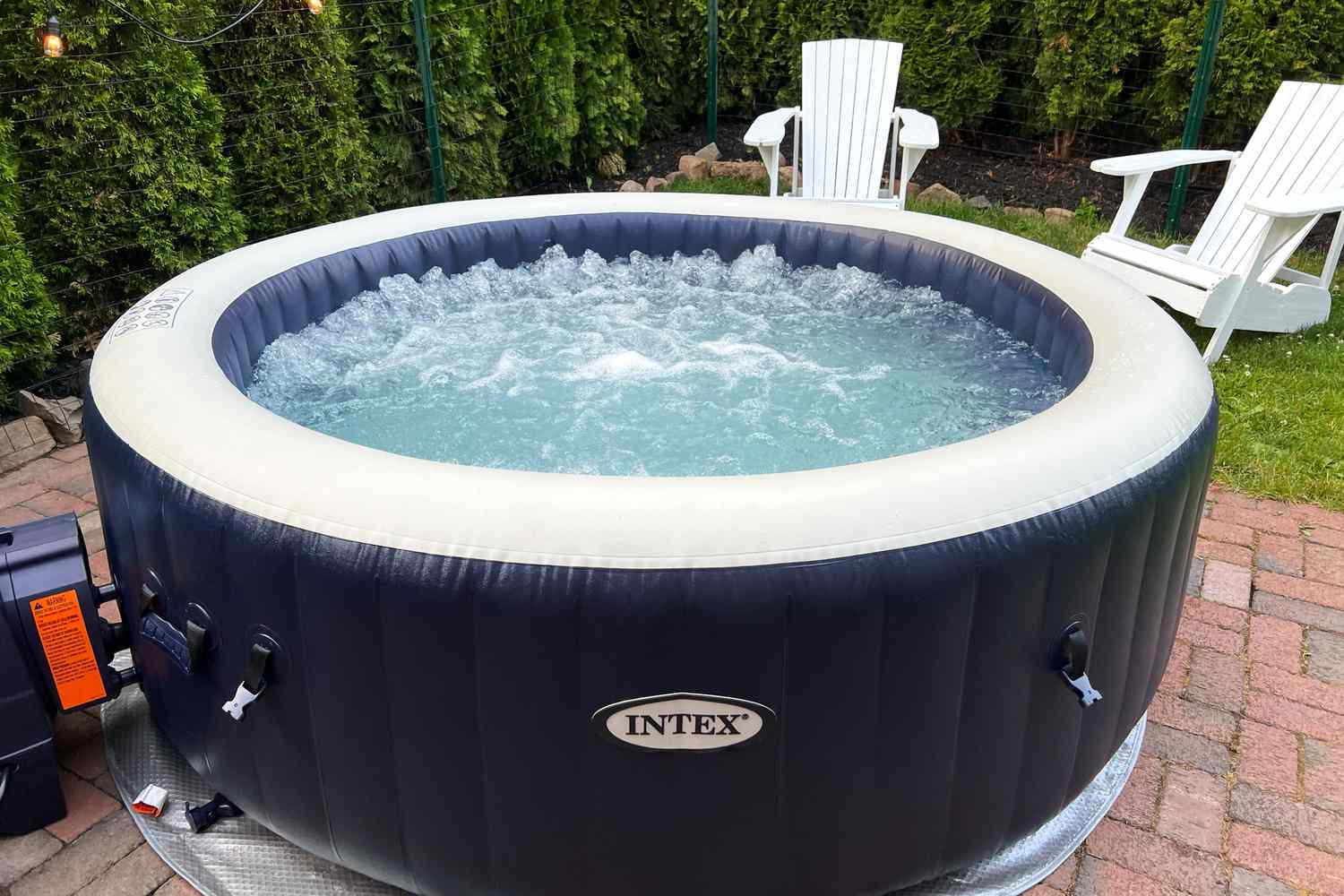
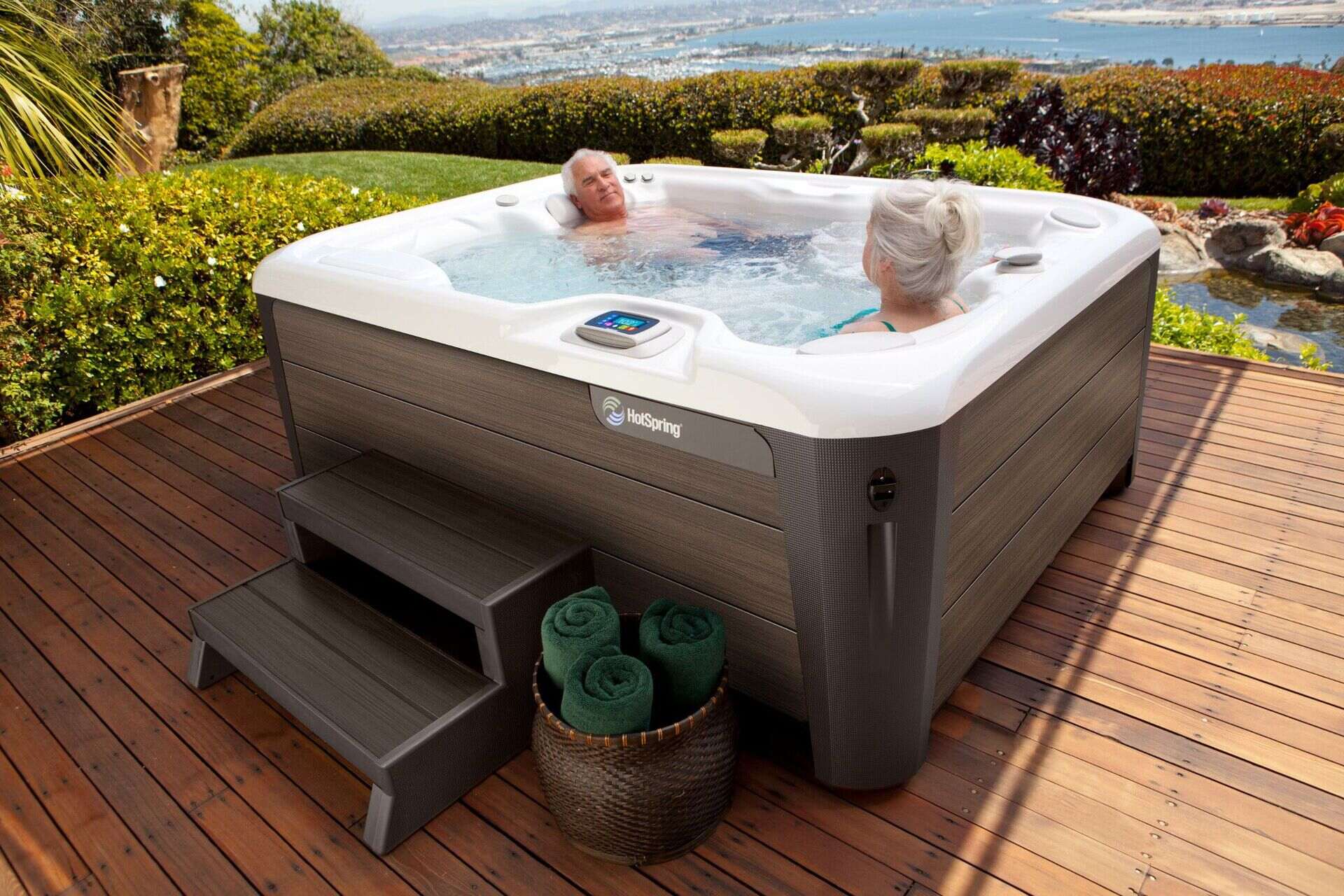
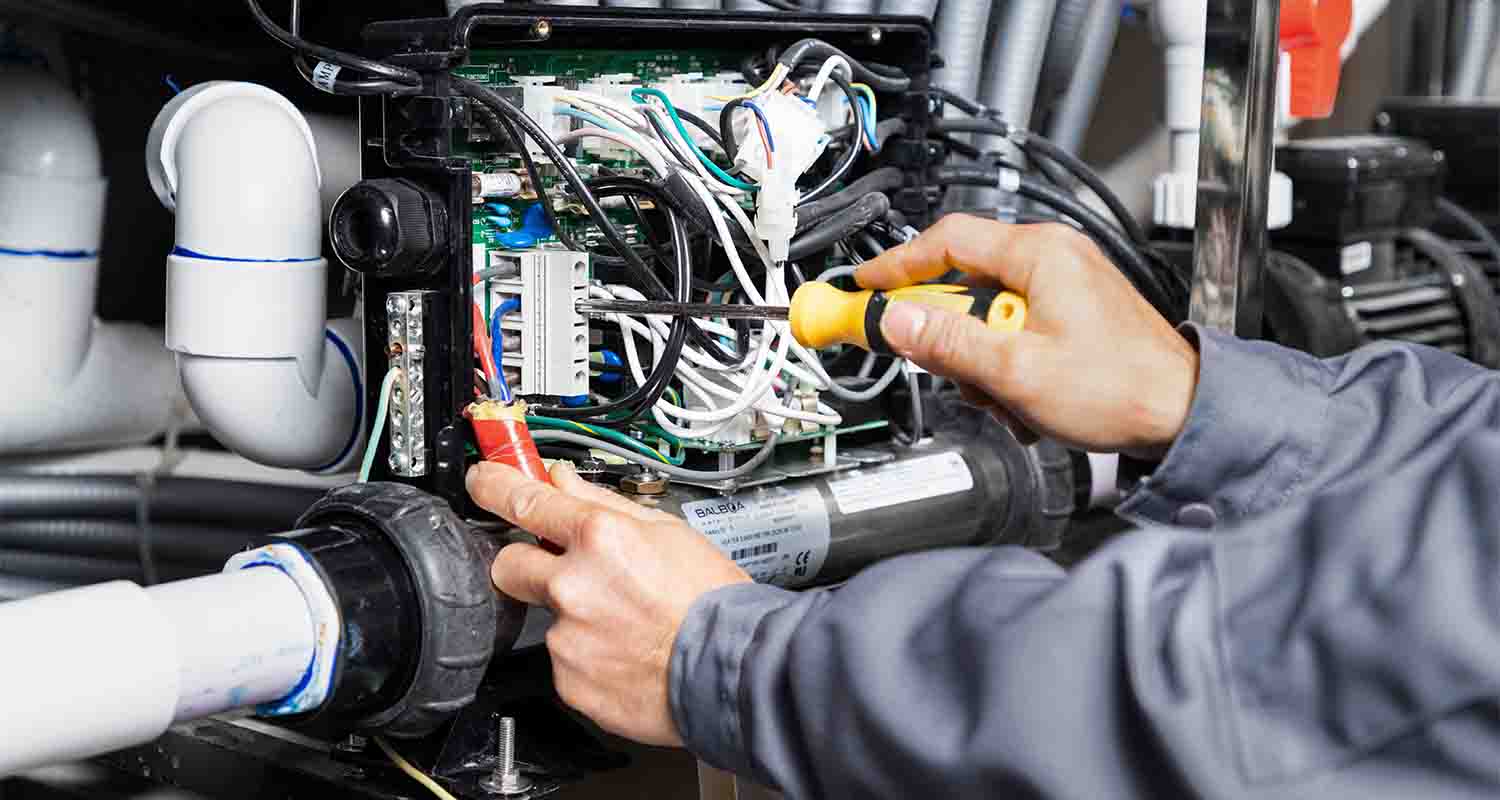

0 thoughts on “How To Balance Chemicals In Hot Tub”